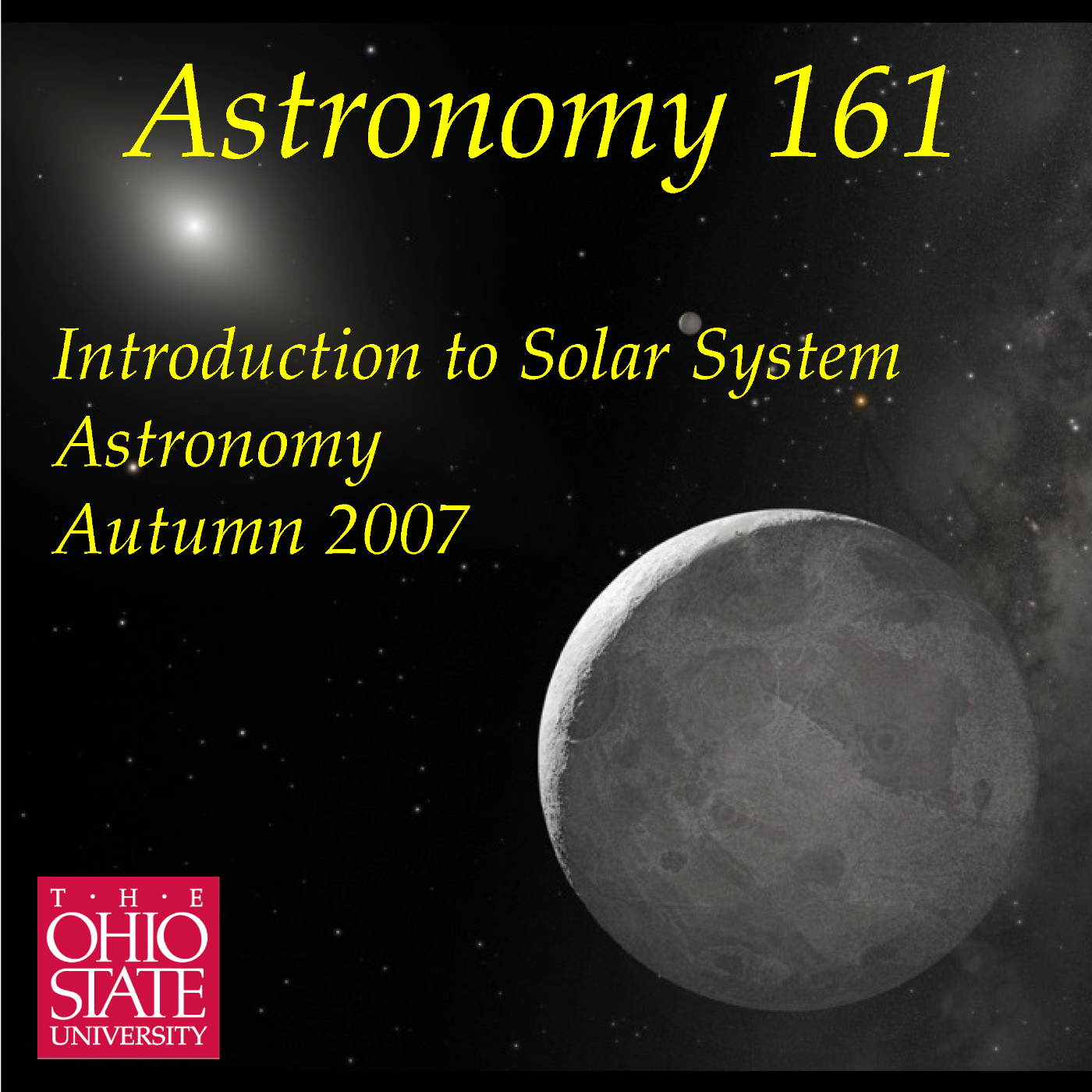Lecture 12: The Wanderers
Description
How do the planets move across the sky? This lecture discusses the
motions of the 5 naked-eye planets (Mercury, Venus, Mars, Jupiter, and
Saturn) as seen from the Earth. We introduce the major configurations
of the planets, and then discuss their apparent retrograde motions. The
apparent motions of the planets are far more complex than those of the
Sun, Moon, and stars, and present a great challenge to understand. The
centuries long effort to understand these motions was to give birth to
modern science. Recorded 2007 Oct 4 in 1000 McPherson Lab on the
Columbus campus of The Ohio State University.
More Episodes
A new podcast, Astronomy 141, Life in the Universe, is available
for those interested in continuing an exploration of topics in
modern astronomy.
Published 12/06/09
Published 12/06/09
Are we alone in the Universe? This lecture explores the question of how
we might go about finding life on planets around other stars. Rather
than talking about speculative ideas, like the Drake Equation or SETI, I
am instead taking the approach of posing it as a problem of what to look
for...
Published 11/30/07


